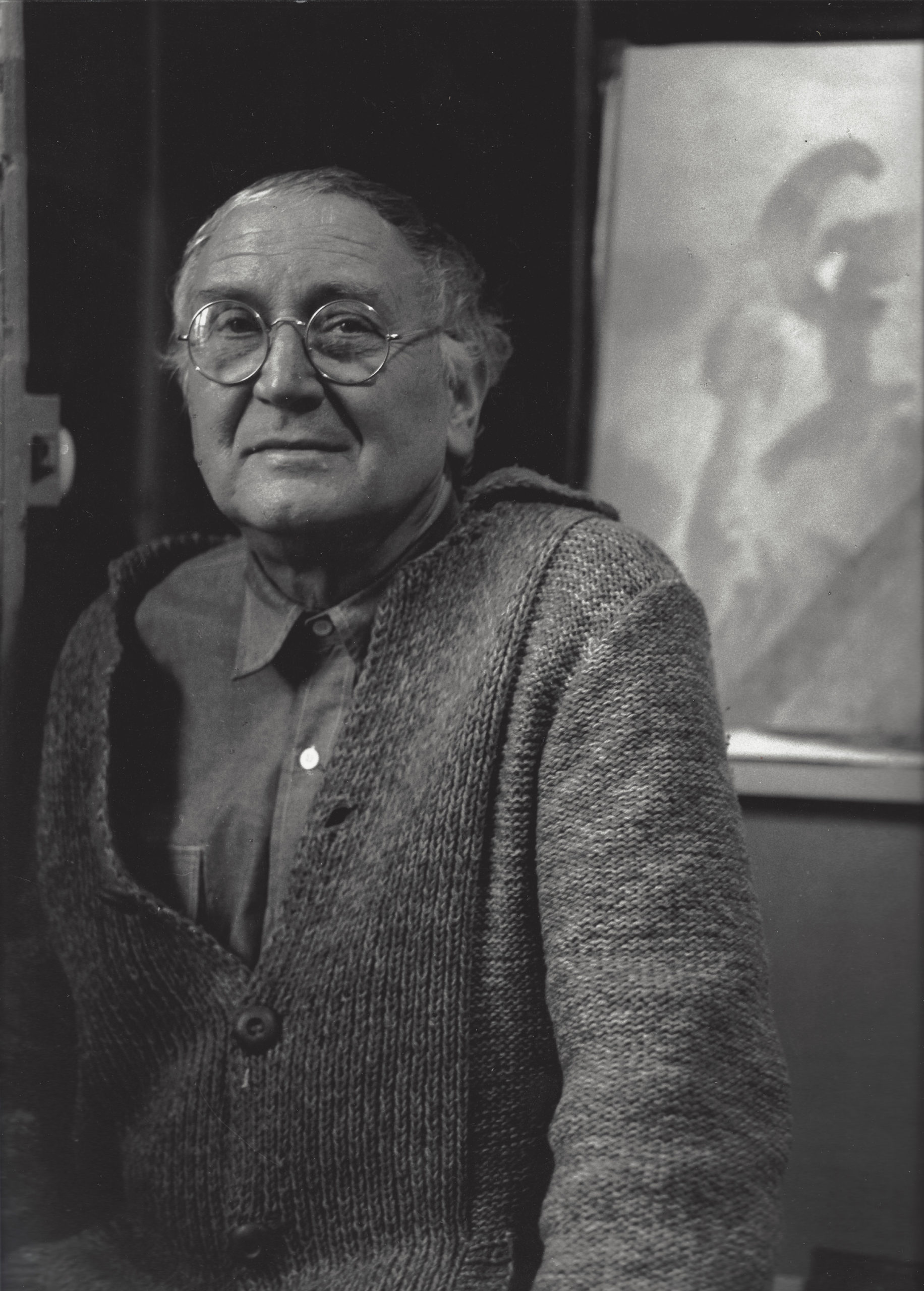Virtual Museum
Born in Tompkinsville on November 15, 1925, Joseph Dudley Downing was one of the eight children born to Aldridge Clifton Downing and Katie Burton Goodman Downing. While “Dudley” –-as he was known by family—was a young child, the Downing family moved to a small farm near Horse Cave, Kentucky where he grew up and attended elementary and high school. His formative years were spent milking cows, tending crops, and adventuring in the forests and fields of rural, Kentucky. In 1943, he graduated as valedictorian of his class.
Following his 18th birthday in November of that year, Downing enlisted in the United States Army. Serving as an artillery observer in Europe during World War II, he was assigned to a unit that landed at Normandy soon after the D-Day invasion, where his unit engaged in a distinguished record of service, leading to the end of the war. Downing himself earned the Bronze Star with the citation for courage in action. It was during his time of service that he caught a brief glimpse of Europe, specifically Paris, and vowed to return one day.
After the conclusion of the war, Downing returned home and enrolled at Western Kentucky University for a portion of the 1945-46 school year. Taking his first art class, he began to gain an appreciation and enthusiasm for art with the encouragement of Professor Ivan Wilson. Following the wishes of his parents, Downing left WKU after one semester and turned his attention to preparation for a career in optometry, moving to Chicago and enrolling in the Northern Illinois College of Optometry in the fall of 1946.
Shortly after arriving in Chicago, Downing was welcomed by and befriended a new group of creative individuals, who instilled in him a love of literature, reading, and most importantly art. With his newfound passions ablaze, Downing was led to the Art Institute of Chicago, where he describes his first visit and subsequent involvement:
“…I went for a visit and there I felt that I had rendezvoused for all of my life. So, I had this second awakening, or maybe first awakening, because when I discovered painting it was as if I’d been half asleep all my life. And as I said I felt that it was if we’d had this meeting planned forever. And very quickly I became a painter who was studying optometry and not an optometry student who painted. As soon as I discovered the art institute, I discovered that they gave lessons, that they were a school, as well. So, for five years, I went to a class with a woman named Andrene Kauffman who taught me that you can’t teach painting, she taught me that you can teach love of painting. And did, she did that. What my family had taught me, turning me loose in the hills, they taught me turning me loose in the museums. Barefoot in both places. At least, if not physically, then morally barefoot.”
In 1950, Downing was presented with an opportunity to participate in his first exhibition, which was held in the Oakwood Baptist church in Chicago. His dream of becoming an artist was finally being fulfilled. Shortly thereafter, he graduated from Optometry school and passed the state boards in West Virginia where his parents had recently moved. He was in the process of searching for an office and a place to live, when much to his surprise, he received a war bond refund of $300. This meager amount allowed him to embark on a return vacation to France, where he visited the alps, and the city which he had fallen in love with so many years prior-Paris. Downing soon realized that it was here where he wanted to call home.
After settling in Paris, Downing supported his art habit by working as a secretary by day and weaving raffia lampshades at a local gallery by night. He would work late into the evening on honing his own personal skill and in 1952, at his first solo exhibition in Paris, he met Pablo Picasso, whose encouragement and words of “well done” gave Downing the desire to take his skill to the next level. His work began to change drastically in the mid-1950s, as he began to embrace abstract collage and painting as his sole avenue of artistic expression.
By 1960, Downing was able to completely support himself as an artist. Much like his muse Picasso, he experimented with different art forms and media, boasting his skill and helping him to define his own style. Though he ultimately considered himself a painter, Downing’s work ranges from painting, collage, sculpture, and often times a combination thereof. Carving out his own little place in the world, Downing lived the ultimate life of an artist and left behind a body of work representing his optimistic and creative view of the world.
Downing’s work is owned by private collectors across the globe, as well as museums such as the Paris Museum of Modern Art, the Smithsonian Institution, the Museum of Modern Art in New York City, the Art Gallery of New South Wales, as well as the Kentucky Museum, the Speed Museum, and the Owensboro Museum of Fine Art, all in Kentucky. At one point in time, he was one of only three American artists to have exhibited at the Louvre. His natural draw toward creative expression also led Downing to write poetry, and publish several books throughout his long career, gaining him the title of “Poet of Color and Light”.
He died on December 29, 2007 at the age of 82 in Ménerbes, a small village in the south of France where he had kept his home for over 40 years. He maintained an apartment and studio in Paris until his death.




